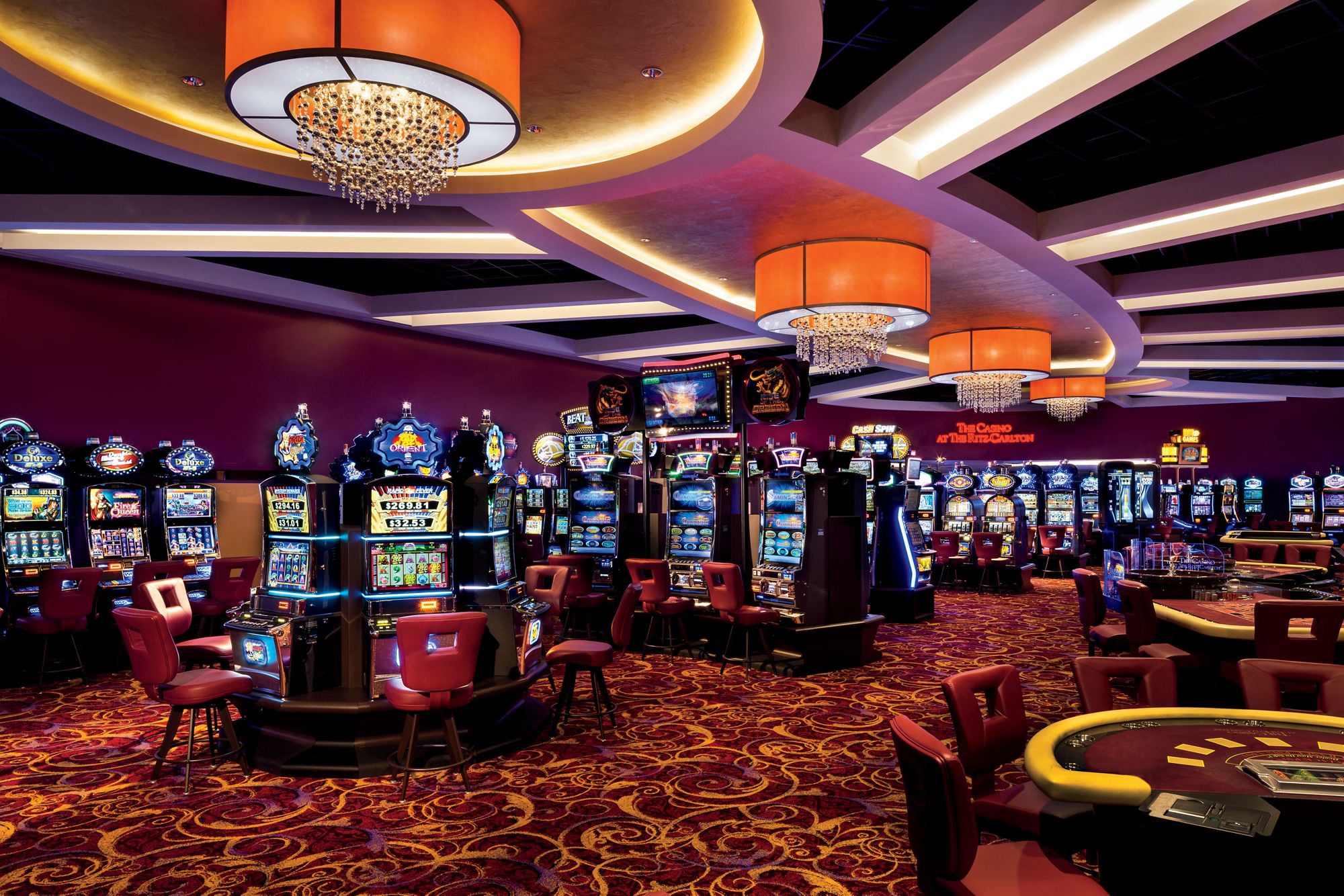Within the vibrant and exciting world of casinos, where fortune and tactics intertwine, color and design play a critical role in drawing in gamblers. As soon as visitors step inside a casino or log into a gaming platform, they are immersed in a sightly feast that captures their attention and entices them to discover more. Bright colors, captivating graphics, and innovative layouts are carefully crafted to create an atmosphere of excitement and expectation, ultimately improving the gaming encounter.
While gamblers move through the dynamic landscape of casino games, they encounter a variety of designs that not only serve aesthetic purposes but also affect feelings and choices. Colors like scarlet and yellow symbolize wealth and luck, while calm navy and greens can create a more tranquil environment. Understanding how these elements function together allows casinos to create an inviting and stimulating atmosphere that encourages players to interact with the games, invest more time at the tables, and boost their general enjoyment. casino en ligne fiable
The Psychology of Color in Casino Games
Color plays a crucial role in the creation of casino games, affecting players’ feelings and actions. Lively and striking shades, such as crimson and gold, are often used to stimulate thrill and draw attention. These colors create a sense urgency and energy, encouraging gamblers to engage more readily with the activity. By intentionally selecting hues, designers aim to evoke emotions of satisfaction and anticipation, which can enhance the total game experience.
Distinct shades also have psychological associations that can influence how participants perceive their odds of winning. For instance, emerald is frequently associated with good fortune and prosperity, making it a well-liked choice in activities like roulette and poker games. This link can cause players to feel more hopeful and assured in their play, ultimately encouraging them to bet more. Grasping these associations allows game creators to craft environments that enhance player happiness and engagement.
In addition, the interface of casino game interfaces often employs blended colors and differing hues to direct players’ actions. For instance, successful results may be emphasized with striking, differing colors, creating a visual incentive. This approach strengthens positive outcomes and promotes repeated engagement. By utilizing the psychology of color, gambling establishments can create activities that not only draw participants but also hold them interested and committed in their gaming experience.
Design Elements that Attract Players
The aesthetic appeal of casino games is primarily influenced by the implementation of bold colors. Lively and striking colors are strategically chosen to create an appealing atmosphere that grabs attention. For example, crimson and golden hues often signify luck and prosperity, which is why they are common in the color schemes of gaming machines and game surfaces. These colors not only draw players in, but they also stir emotions related to excitement and anticipation, enhancing the overall gaming experience.
In parallel to color, the aesthetic and organization of casino games play a crucial role in player attraction. Games are designed to be user-friendly, ensuring that players can quickly understand the guidelines and gameplay. User-friendly interfaces, along with captivating graphics and animations, help maintain player interest and encourage extended play sessions. The tactile elements, such as the texture of the controls and the audio of the games, also add to a comprehensive sensory experience that keeps players engaged.
Finally, thematic elements in gaming design can greatly influence gaming decisions. Many casino games are inspired by media, fairy tales, or exploration motifs, incorporating symbols and characters that connect with players. These themes create a sense of immersion and connection, making each game feel distinct. When players feel a bond to the theme, they are more likely to opt for that game over others, leading to higher participation and enthusiasm within the gambling environment.
Case Studies: Effective Gambling Table Game Designs
One prime example of successful casino game design is the acclaimed slot machine series themed around blockbuster movies. Games such as those based on the Wizard of Oz and Game of Thrones utilize dynamic colors and high-quality graphics to engage players in familiar narratives. The application of moving visuals and captivating sound effects grabs the interest of players, creating an psychological connection to the theme. This approach not only promotes longer play but also enhances the overall gaming experience, yielding increased player retention.
Another notable case is the use of the psychology of color in table games like 21 and the wheel. Casinos often develop these games with dark reds and greens, colors traditionally associated with luck and wealth. For instance, the emerald felt on a blackjack table provides a soothing effect, while the crimson accents in roulette invite excitement. This deliberate use of color helps to establish an inviting atmosphere that stimulates players to join in, fulfilling their psychological impulses and enhancing their enjoyment.
Finally, social casino games that include social features and bright, colorful designs have achieved remarkable success in engaging players. Games like Zynga Poker and Slotomania leverage striking colors and playful animations to forge an inviting online environment. The integration of leaderboards, social sharing options, and in-app rewards fosters competition and community, attracting players in for longer sessions. Such designs merely make the games visually enticing but also underscore community engagement, a vital factor in player retention and engagement within digital casino environments.
